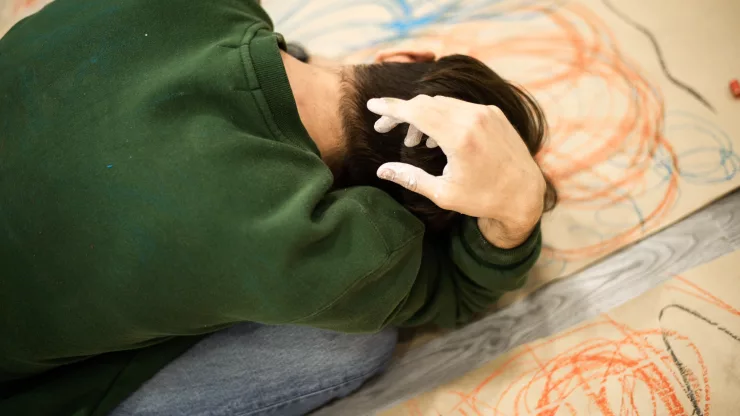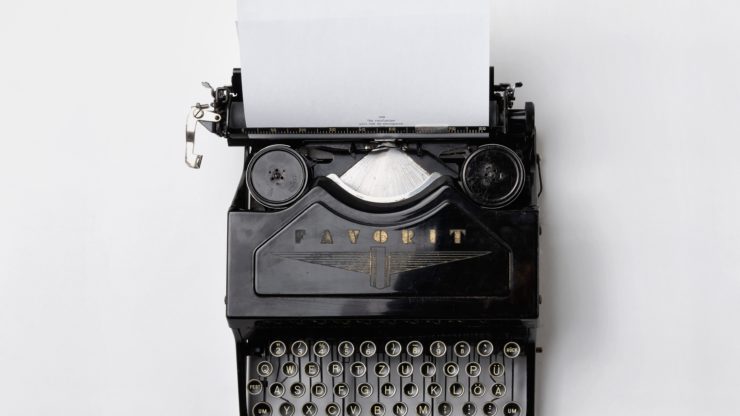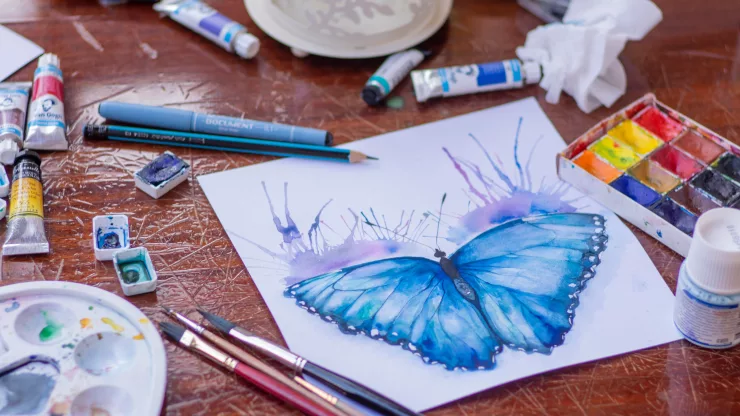Drawing is an enjoyable activity that has been a part of human culture for thousands of years.
However, it is not just a form of entertainment, as it has been shown to have a significant impact on our mental and emotional well-being.
Drawing can help us relax, manage stress, and express ourselves in ways that words cannot. In this article, we will explore the benefits of drawing and how it can improve our overall well-being.
Jump to Section
Discover the Benefits of Drawing
Drawing has numerous benefits, both physical and mental. Here are a few of the most significant:
- Stress relief: Drawing can help reduce stress by allowing us to focus on the present moment and take our minds off our worries. It can also be a form of meditation, helping to calm our minds and reduce anxiety.
- Improved mood: Drawing releases endorphins, the feel-good chemicals in our brains that can boost our mood and make us feel happier.
- Increased creativity: Drawing can help us tap into our creative side and develop our imagination. It can also help us problem-solve and think outside the box.
Art Therapy: A Powerful Tool for Healing
Art therapy is a form of therapy that uses art as a means of expression and healing. It is often used to help people with mental health issues, such as depression, anxiety, and PTSD. Art therapy can help:
- Reduce symptoms: Art therapy has been shown to reduce symptoms of anxiety, depression, and other mental health issues.
- Increase self-awareness: Art therapy can help us better understand our emotions and thoughts, leading to increased self-awareness and self-esteem.
- Improve communication: Art therapy can be especially helpful for people who have difficulty expressing themselves verbally.
The Science Behind the Artistic Process
Drawing and other forms of art have been shown to have a significant impact on our brains. Here are a few ways that art affects our brain:
- Increased connectivity: Drawing can increase connectivity between different parts of our brain, leading to improved cognitive function and memory.
- Reduced stress: Drawing has been shown to reduce cortisol levels, the hormone associated with stress.
- Improved mood: Drawing releases dopamine, the chemical associated with pleasure and reward.
Finding Your Creative Flow: Tips and Tricks
If you are new to drawing or want to improve your skills, here are a few tips to help you get started:
- Start small: Don’t feel like you need to create a masterpiece right away. Start with simple sketches or doodles and work your way up.
- Experiment with different materials: Try out different types of pens, pencils, or paints to see which ones you prefer.
- Take breaks: Don’t try to force your creativity. Take breaks when you need to and come back to your drawing when you feel refreshed.
Embrace the Joy of Drawing Today
Drawing is a fun and rewarding activity that can have a positive impact on our well-being. Whether you are an experienced artist or a beginner, take some time to explore your creativity and see how drawing can improve your life.
FAQ
How do I get started with drawing?
Start by gathering some basic art supplies, such as paper, pencils, and erasers. Then, find some inspiration, such as a photo or object, and start sketching.
Do I need to be good at drawing to benefit from it?
No, you do not need to be a skilled artist to benefit from drawing. The act of drawing itself is what is beneficial, not the quality of the final product.
Can art therapy be done without a therapist?
While it is recommended to work with a trained art therapist, some people find benefit in doing art therapy exercises on their own. There are many resources available online for self-guided art therapy.

With a deep passion for personal development, Ben has dedicated his career to inspiring and guiding others on their journey towards self-improvement.
His love for learning and sharing knowledge about personal growth strategies, mindfulness, and goal-setting principles has led him to create My Virtual Life Coach.
Contact Ben at [email protected] for assistance.




